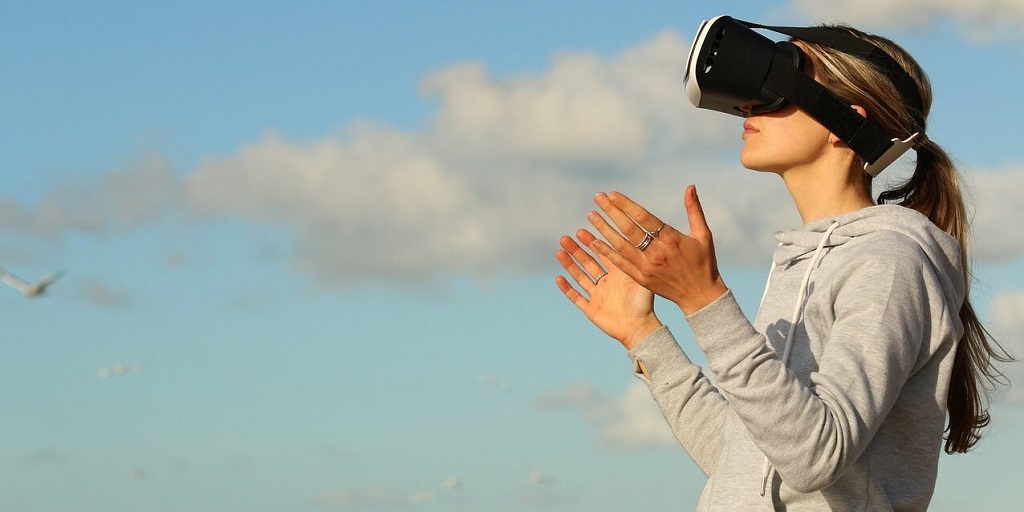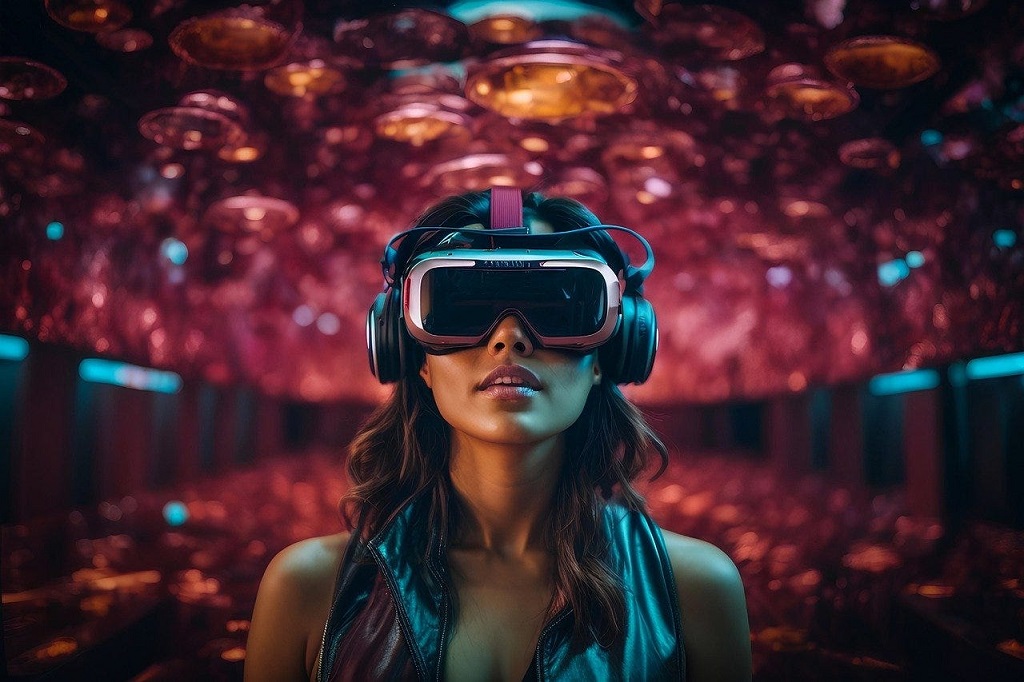Virtual Reality (VR) has taken the world by storm, promising immersive experiences that transport us to breathtaking landscapes, historical landmarks, and even the heart of thrilling adventures. But can VR truly replace the magic of real-life exploration? This article explores the pros and cons of both VR experiences and real-life adventures, analyzing popular reviews to help you decide which path is right for you.
The Allure of VR: Immersion Without Limits
VR offers undeniable advantages:
- Accessibility: VR experiences can take you anywhere – from scaling Mount Everest to diving the Great Barrier Reef – all from the comfort of your home. This is especially appealing for those with limited mobility or financial resources for travel.
- Safety: VR allows you to experience dangerous or physically demanding activities without the risk of injury. Explore exotic wildlife encounters or walk a tightrope without a safety net – virtually, of course.
- Customization: Many VR experiences offer customizable features, allowing you to tailor the experience to your preferences. Difficulty levels can be adjusted, specific locations chosen, and even weather conditions modified within the virtual world.
- Learning and Education: VR is a powerful tool for education and learning. Explore historical sites in detail, travel back in time to witness significant events, or even dissect a virtual frog in a biology class – all within a safe and controlled VR environment.
Popular VR Reviews: What Users Are Saying
A quick look at popular VR review sites reveals a mix of enthusiastic and more critical perspectives:
- Positive Reviews: Many users praise VR for its immersive storytelling, ability to overcome physical limitations, and educational value. Reviews highlight the sense of wonder and awe experienced while exploring virtual worlds.
- Negative Reviews: Some users criticize the limitations of VR technology. Motion sickness, limited physical interaction, and the feeling of isolation within the virtual world are common complaints. Others find VR experiences to be a pale imitation of the real world, lacking the sensory richness and emotional connection of authentic travel.
The Magic of Real-Life Adventures: Beyond the Digital Realm
Real-life adventures offer unique benefits:
- Sensory Engagement: The sights, sounds, smells, and textures of a real-world environment create a richer and more memorable experience. Feeling the warmth of the sun on your skin or the cool ocean breeze is something VR can’t fully replicate.
- Physical Activity: Real-life adventures often involve physical activity, which can improve your health and well-being. Hiking a mountain or exploring a new city on foot provides a sense of accomplishment and accomplishment.
- Social Connection: Traveling and exploring new places are often shared experiences. Building memories with friends and family while venturing into the unknown fosters deeper connections and creates lasting stories.
- Unpredictable Moments: Real-life adventures often involve unexpected encounters and spontaneous moments that can become cherished memories. The thrill of the unknown and the ability to adapt to changing situations add a layer of excitement absent in controlled VR environments.
Popular Real-Life Adventure Reviews: Users Share Their Experiences
Reviews of real-life adventures showcase the transformative power of these experiences:
- Positive Reviews: Users emphasize the personal growth, sense of accomplishment, and creation of lasting memories associated with real-life adventures. Reviews often highlight the positive impact on physical and mental health and the forging of stronger bonds with loved ones.
- Negative Reviews: Travel costs, physical demands, and potential safety concerns are common drawbacks mentioned in reviews. Unexpected travel hiccups, challenging environments, and dealing with the unknown can also be sources of frustration for some.
The Verdict: VR and Real-Life Adventures – Complementary Experiences
Ultimately, VR and real-life adventures don’t have to be an either/or situation. They can be complementary experiences that enrich our lives in different ways:
- VR as a Planning Tool: Use VR to virtually explore destinations before embarking on a real-life adventure. This can help you plan your trip, identify specific areas of interest, and maximize your experience.
- VR as a Post-Trip Relive: Relive your real-life adventures through VR experiences. Travel companies are increasingly incorporating VR technology to allow users to revisit their favorite destinations virtually.
- VR for Enhancing Education: Supplement classroom learning with VR experiences to bring historical events, scientific concepts, and geographical locations to life in an immersive way.
Finding the Perfect Balance: Considerations for Choosing Your Adventure
When deciding between a VR experience and a real-life adventure, consider several factors:
- Your Budget: VR experiences can range in price, but generally require less financial investment than real-life travel.
- Your Time Constraints: VR adventures can be enjoyed within a short time frame, while real
- Your Time Constraints: VR adventures can be enjoyed within a short time frame, while real-life adventures may require dedicated vacation time and planning.
- Your Physical Abilities: VR experiences are less physically demanding compared to real-life adventures that may involve hiking, climbing, or other activities.
- Your Travel Desires: Do you crave the social connection and unpredictable moments of real travel, or are you primarily interested in specific locations or experiences VR can provide?

The Future of VR: Bridging the Gap Between Virtual and Real
VR technology is constantly evolving, blurring the lines between virtual and real experiences. Here’s a glimpse into what the future might hold:
- Haptic Technology: Advanced haptic suits could soon provide realistic touch sensations within VR environments, enhancing the feeling of immersion.
- Olfactory Enhancements: Imagine smelling the fresh mountain air or the salty ocean breeze within a VR experience. Scent technology is being explored to further bridge the sensory gap.
- Social VR Experiences: VR platforms are increasingly incorporating social features, allowing users to explore virtual worlds together, fostering a sense of connection and shared adventure.
Related: How to Control Bacterial Leaf Spot: Effective Garden Tips
Conclusion: The Power of Choice – Embrace Both VR and Real-Life Adventures
VR offers a unique and accessible way to experience new places and concepts. However, it cannot fully replicate the richness and emotional depth of real-life adventures. The ideal approach might be to embrace both. Use VR to explore and learn, and then embark on real-life adventures to truly immerse yourself in the world and create lasting memories. The choice is ultimately yours, and with the ever-evolving VR landscape, the possibilities for exploration and experience are only going to become more exciting.



